-
Products
-
Engine Bus Air Conditioner
Engine Bus Air Conditioner

-
E-Bus Air Conditioner
E-Bus Air Conditioner

-
BTM System
BTM System

-
Refrigeration Unit
Refrigeration Unit
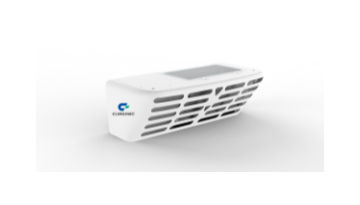
-
Defroster
Defroster

-
Integrated Thermal Management System & Heat Pump Product
Integrated Thermal Management System & Heat Pump Product

-
Accessory
Accessory
.jpg)
-
Engine Bus Air Conditioner
- About Us
- Support
- Contact Us

The salt spray test chamber is an artificially accelerated corrosion environment generated by spraying neutral or acidic water mist at a certain temperature and under a specified air pressure in an enclosed space for the purpose of achieving a salt spray environment that simulates the humidity and heat of the nature. At present, the salt spray test is widely applied for such industries as aerospace industry, automotive electronics, electronics and electrical engineering, metallic materials, plastic products, mobile phone digital.
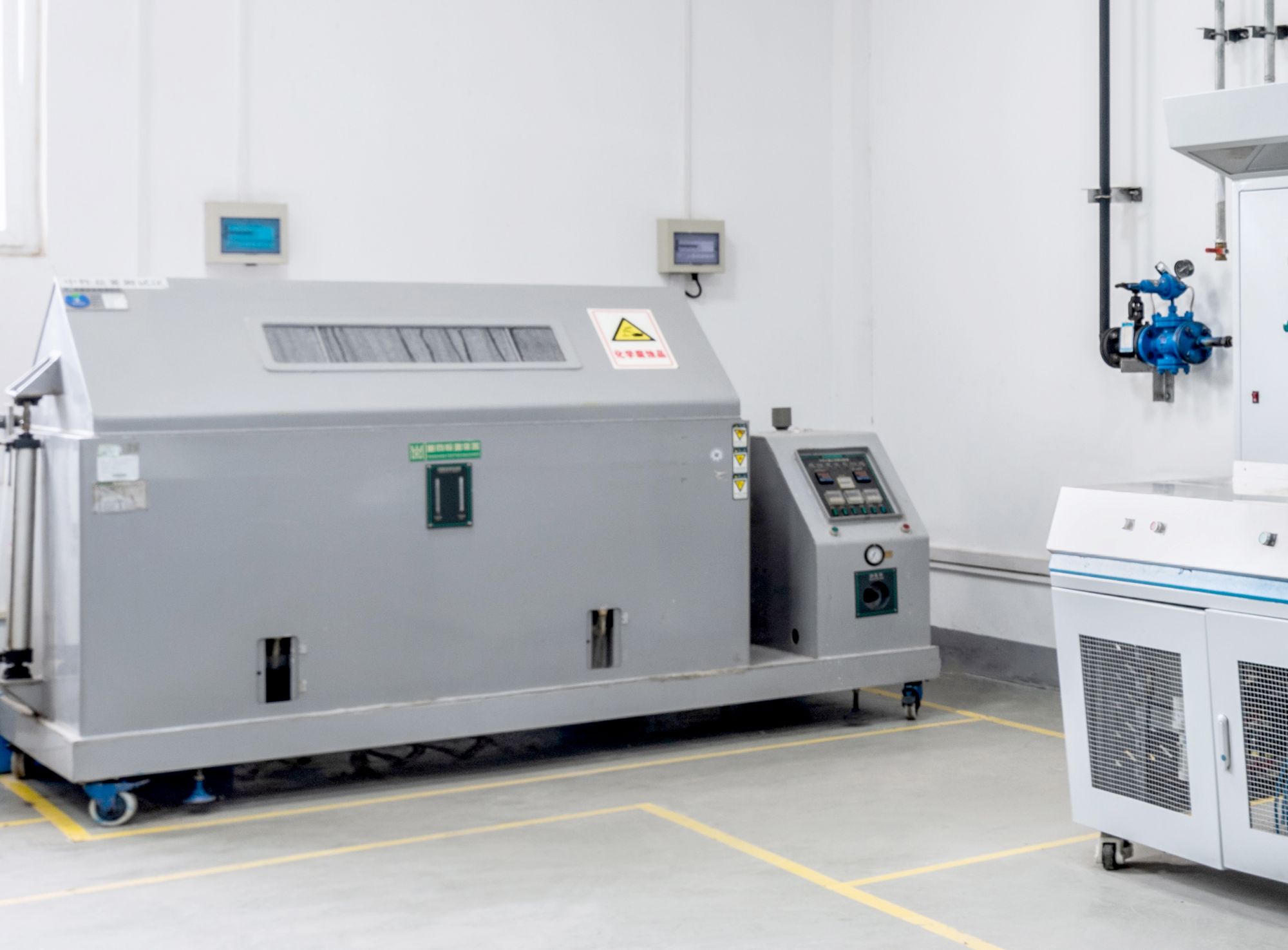
II. Equipment Performance Parameters:
(1) Power supply: 220V, 4kW
(2) Capacity: Length * Width * Height = 160cm*80cm*60cm
(3) Temperature controllable range: 35 to 50°C
(4) Relative humidity range: 85% or higher
(5) Spray pressure range: 70 to 170 kPa
(6) Provided with 2 funnel-shaped salt spray collectors, which are respectively designed with a diameter of 100mm and a collection area of 80cm²
(7) Average settlement rate of spray: 1.5ml/h±0.5 ml/h
(8) Types of salt spray: NSS (pH value = 6.5 to 7.2; AASS (pH value = 3.1 to 3.3; CASS (pH value = 3.1 to 3.3).
(9) Applicable standards: GB/T10125-2012, Corrosion tests in artificial atmospheres — Salt spray tests; GB/T 2423.17-2008, Environmental testing for electric and electronic products — Part 2: Test method — Test Ka: Salt mist; GB/T 6461-2002Methods for corrosion testing of metallic and other inorganic coatings on metallic substrates — Rating of test specimens and manufactured articles subjected to corrosion tests; GB/T 1771-2007,Paints and varnishes — Determination of resistance to neutral salt spray(fog); GB/T 2423.18-2012,Environmental testing - Part 2: Test methods - Test Kb: Salt mist, cyclic (sodium chloride solution); GB/T 10587-2006,Specifications for salt mist testing chambers.


III. Corrosion Mechanism of Salt Spray:
The corrosion caused by the salt spray chamber is a common and destructive artificial atmospheric corrosion, of which oxygen, humidity, temperature change and various salt-like pollutants constitute the main compositions of corrosion. The corrosion to metal materials by salt spray is formed by electrochemical reactions due to the conductive salt solution penetrated into the metal, forming a “Low-potential metal — Electrolyte solution — High-potential impurity" micro-battery system and electron transfer takes place.
In salt spray corrosion, chloride ions play a destructive role. Chloride ions have strong penetrability, which can easily penetrate the metal oxide layer and enter the metal to destruct the passivation state of the metal. And, due to the continual spraying effect during the test, the salt solution film that is development by continuously deposited salt on the specimen surface causes that the oxygen content is always kept in a nearly saturated state. The formation of corrosion products expands the volume of the solution that penetrates into the metal defect, therefore increasing the internal metal stress causing bulging and destruction of the protective layer.
IV. Main hazards of Salt Spray Corrosion:
1. Salt spray corrosion can destruct the metal protective layer on the specimen surface and corrode electronic components and electrical circuits.
2. When the salt spray drops on the surface of the insulator, the surface resistance of the insulator will reduce. And, after the insulator absorbs the salt solution, the volume resistance will reduce.
3. The friction force of mechanical moving parts will increase because of salt spray corrosion, which will result in the seizure of the moving parts.
V. Phenomena Generated by Salt Spray Test to be Subjectively Evaluated:
They mainly includes the formation of spots and color change of the covering layer, corrosion products, chipping, peeling, spalling, blistering, cracking, alligator crack, crow’s feet- and star-shaped defects.
VI. Reference for Conversion to Equivalent Time of Salt Spray Test:
(1) 24 hours in NSS test ≈ 1 year in natural environment
(2) 24 hours in AASS test ≈ 3 year in natural environment
(3) 24 hours in CASS test ≈ 8 years in natural environment

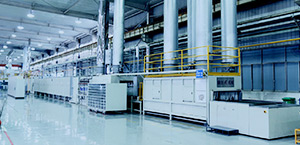



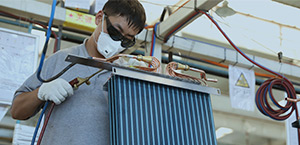
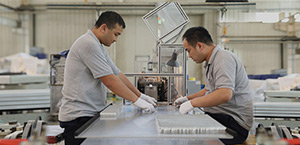


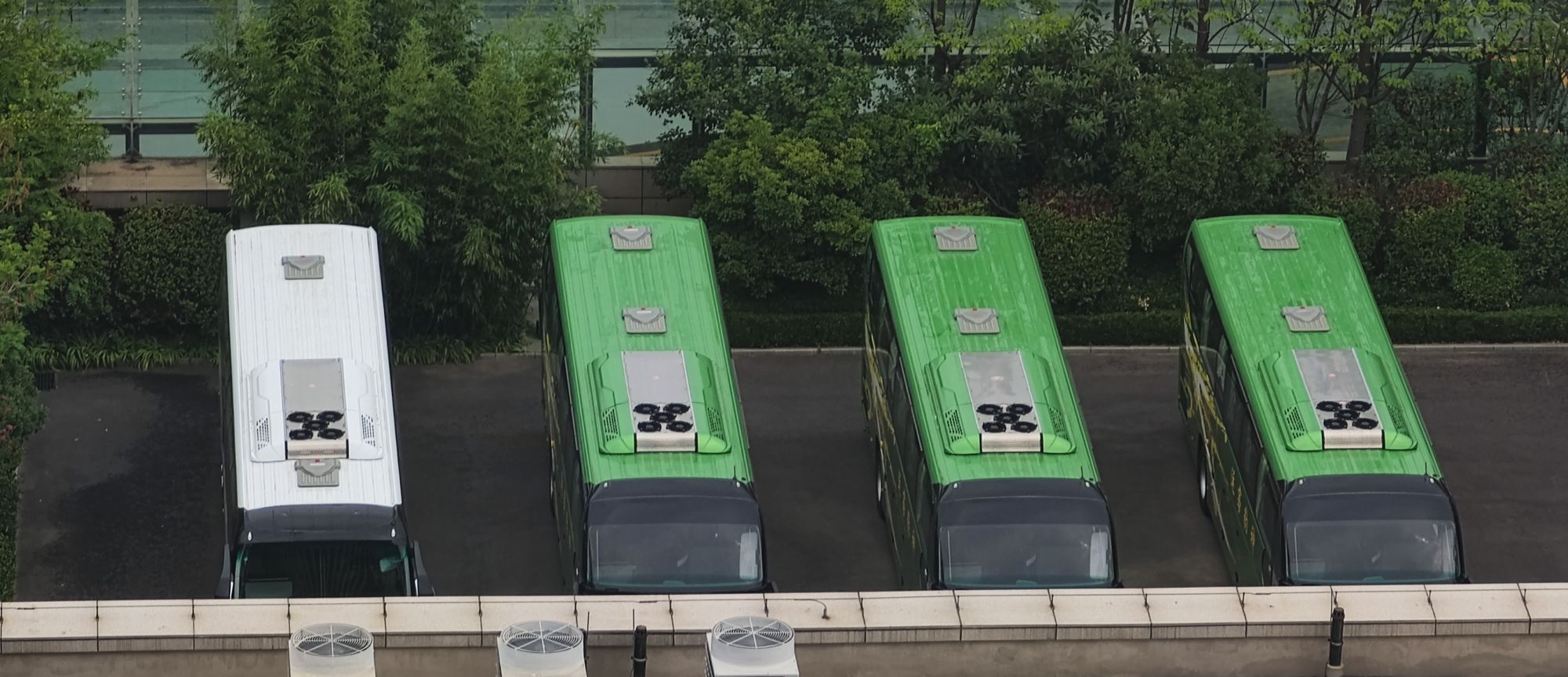


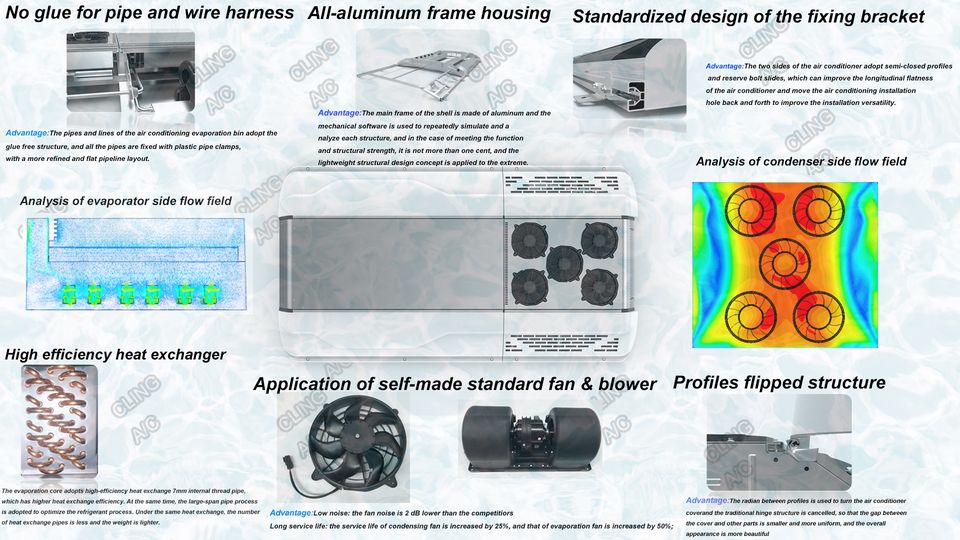

 Youtube
Youtube
 Facebook
Facebook
 Linkedin
Linkedin
 Instagram
Instagram